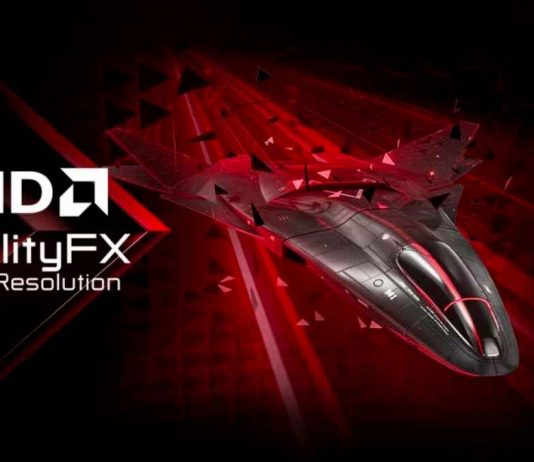At CES 2024, AMD unveiled a new function designed to significantly enhance video quality on popular platforms like YouTube and VLC for Windows users. This function is part of AMD’s FidelityFX Super Resolution (FSR) technology, which now supports intelligent scaling for videos. This advancement is particularly notable for its ability to upscale content with minimal loss in quality.
According to TweakTown, the new FSR feature will be available to those with Radeon video cards and AMD Ryzen processors with integrated graphics. Remarkably, AMD’s technology is not exclusive to its hardware; it also extends support to popular NVIDIA cards, including the GeForce RTX 3060, RTX 2080, GTX 1060, and others.
The most intriguing aspect of this technology is its support for offline videos. This means that users can enjoy older DivX movies in higher resolution. VLC is set to release a version compatible with FSR scaling in the first quarter of 2024. The application is already compatible with NVIDIA’s RTX Video Super Resolution technology, indicating a trend towards more advanced video playback capabilities in mainstream software.
The video scaling will be available through an update to the Radeon Adrenaline Software. On platforms like YouTube, this technology mirrors the capabilities of RTX Video Super Resolution, allowing users to enhance video resolution up to four times. The final quality, however, depends on the original video’s compression.
The following graphics card models will be compatible with the latest version of FidelityFX Super Resolution:
- AMD Radeon 6000 Series
- NVIDIA GeForce RTX 30 Series
- AMD Radeon 6000M Series
- NVIDIA GeForce RTX 20 Series
- AMD Radeon 5000 Series
- NVIDIA GeForce 16 Series
- AMD Radeon 5000M Series
- NVIDIA GeForce 10 Series
- AMD Radeon VII Graphics
- AMD Radeon RX Vega Series
- AMD Radeon 600 Series
- AMD Radeon RX 500 Series
- AMD Radeon RX 480/470/460 Graphics
- AMD Ryzen with Radeon Integrated Graphics (desktop and laptops)
Unlike traditional scaling methods that merely interpolate pixels, FSR uses advanced algorithms to intelligently enhance and extrapolate high-resolution details from lower resolution inputs. This results in a perceived increase in resolution without the computational burden of rendering the entire scene in native high resolution. While FSR may not match NVIDIA’s DLSS in quality yet, its vendor-independent nature allows it to be used across a variety of graphics cards, making it a more versatile and inclusive technology.


